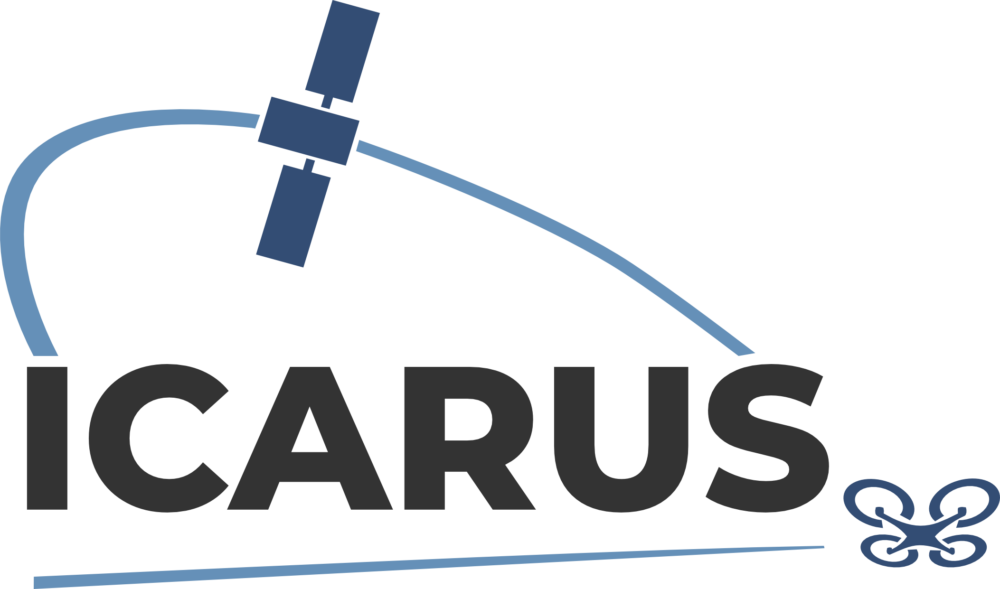When we prepared the proposal for the ICARUS project we had a vision: a new paradigm for height estimation in Very Low-Level (VLL) airspace and Urban Air Mobility (UAM) scenarios.
By combining satellite positioning (GNSS) with terrain and ground obstacles information, we imagined a new U-space service that could be an enabler to future long distance (i.e. Beyond Visual Line of Sight or BVLOS) drone operations
After we started the project, we were suggested to be more ambitious and to try to extend the concept to the manned aviation domain, especially in what concerns General Aviation.
Our intention is to define, design and implement a service to increase the safety of UAS operations and to unlock the potential capacity of congested low-level airspace inside cities and other built areas.
Since the General Aviation flies often in VLL airspace, we believe that these aircrafts should take advatange of our service.
The survey and the first advisory board: results and feedbacks
The first activity we planned for the project is an online survey, open to both the drone and manned aviation communities, to understand their perceived needs and obtain useful suggestions to ensure that what we design is aligned with our future users.
The is still running but the first preliminary results are already interesting.
We also hosted our first Advisory Board workshop two weeks ago and received excellent feedback that was completely in line with the results of the online survey.
In a nutshell, even with the limited information we can provide at this stage about how the future ICARUS service will look like, drone operators and pilots are interested. They think it is a good idea and want to use it. This is both reassuring and gives a lot of pressure to not disappoint their expectations.
In what respects to manned aviation representatives, their reaction is, to put it lightly, lukewarm. They do not hate completely the idea, but don’t buy it either.
Manned aviation and the eldest brother role
Manned aviation, especially the commercial variety, has been subject to a severe top-down regulatory environment and has developed a very conservative view of how things are done.
New ways of doing things and technologies are suspect in principle and take a lot of time to develop. Everything has to be proven safe according to very strict criteria. Otherwise it is rejected. There is no space for revolutionary concepts, things evolve slowly, building on established procedures and technologies.
The drone market, coming from the model aviation world has a totally different mindset. Everything that is useful and not explicitly dangerous is welcomed in principle. Even if it cannot be proved that complies with a high-level safety requirement it is not discarded. Rather, we use it exclusively for non-critical purposes.
As the eldest brother, the manned aviation looks doubtful at drones’ approach, in the belief that strict rules and regulations must be respected to ensure safety.
Don’t get me wrong. I am very happy every time I board a plane to know that airlines are not experimenting new untested materials, procedures or technologies with me on board. But I also know the price I am paying for that level of safety.
Drones already are involved in activities that have not been dreamed by manned aviation. UAS fly under Visual Line of Sight conditions at night, fly inside buildings and get closer to people and objects to film or inspect them. Furthermore, the future is moving towards flights further away from the pilot or the removal of the pilots altogether. We envisage airspace densities that would be considered suicidal for traditional pilots.
For us, barometric altimetry simply is not enough: we need something more
We are just starting the ICARUS project. At this time, we have more questions than answers and we only hope that we will get most of these answers in the next two years. After we finish, only real-world implementations of our design will tell if we have been able to deliver something useful for both the drone and manned aviation communities.
We are proposing to change the system used to gauge the altitude of our flights. Aneroid barometers and the network to enforce the common barometric references were state of the art technologies in the 1930s. Manned aviation already commonly uses GNSS equipment but has not been able to develop its full potential because the current systems are considered good enough.
What we propose with this project is to find the most secure coexistence between unmanned world and traditional aviation.
In this perspective, we ask – especially to the pilots and other professionals involved in manned aviation – to collaborate with us by participating in our public survey, subscribing to our newsletter or visiting our virtual booth on the upcoming SESAR Innovation days 2020.



